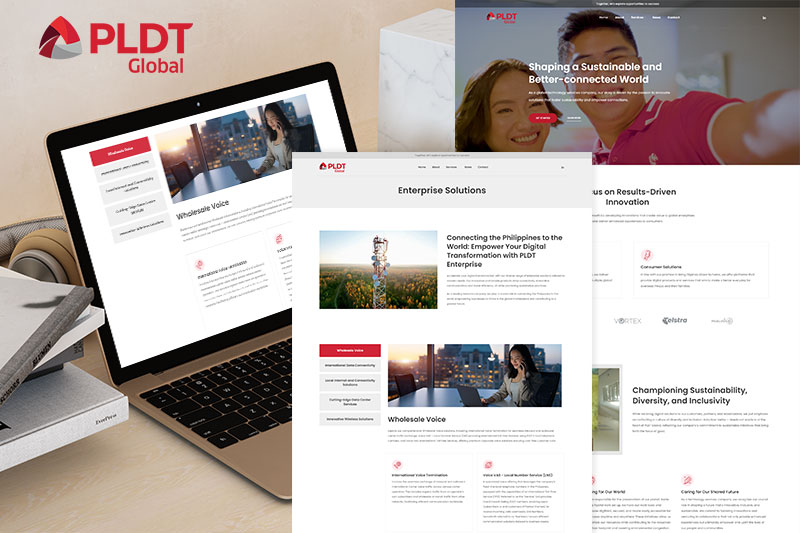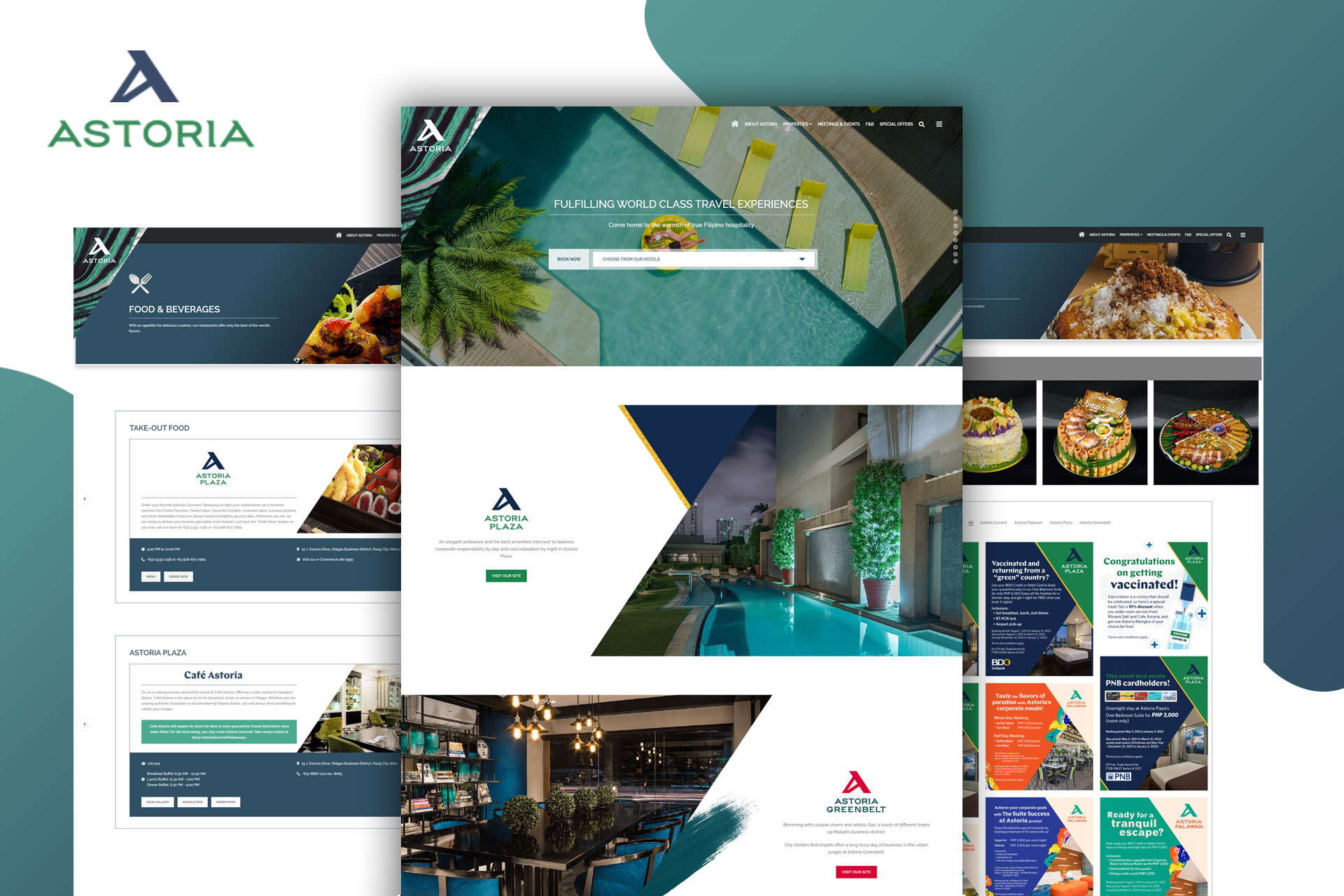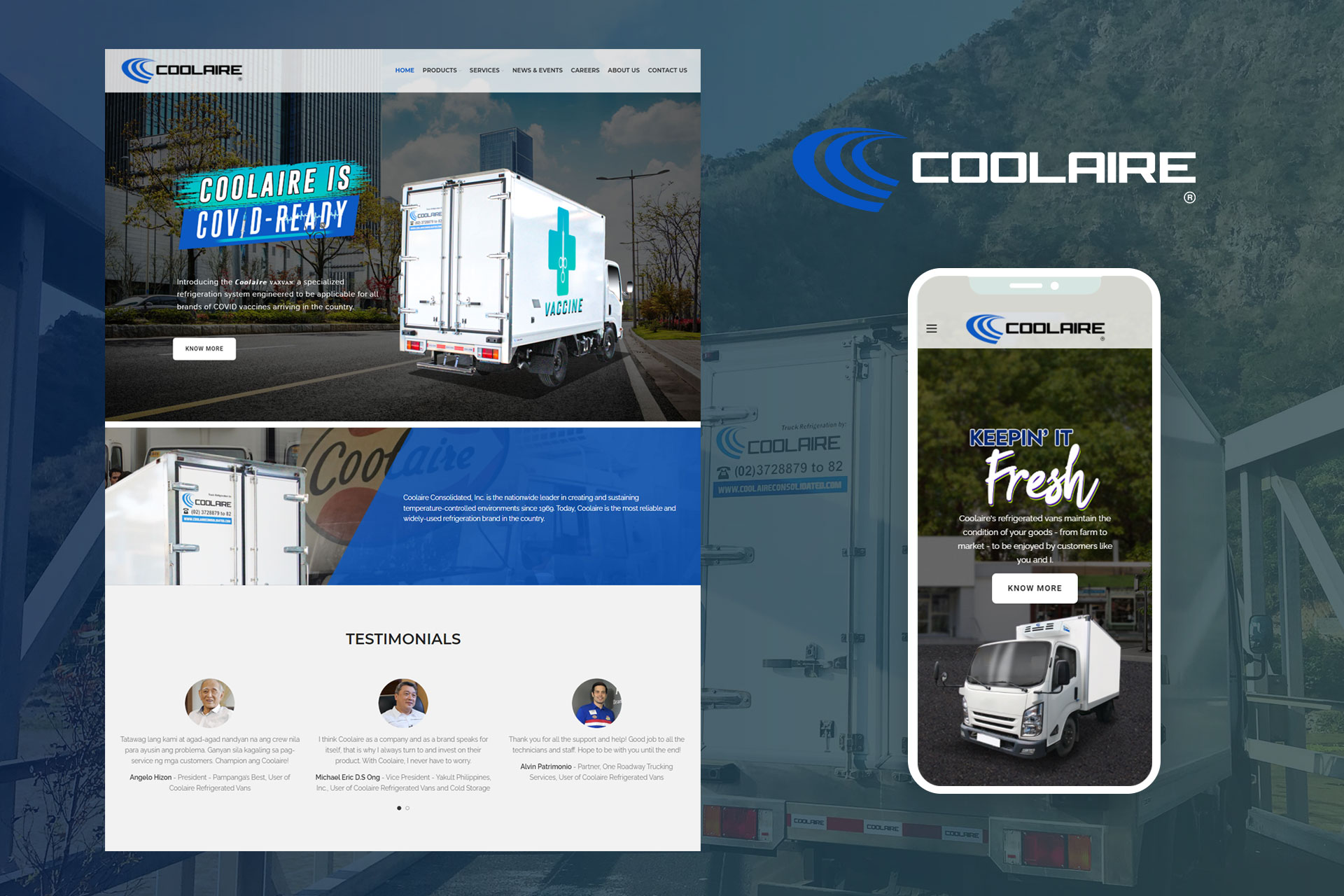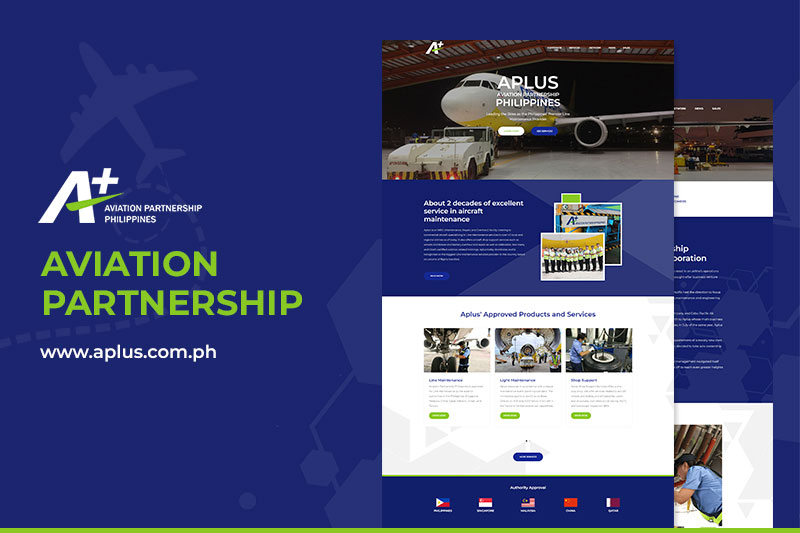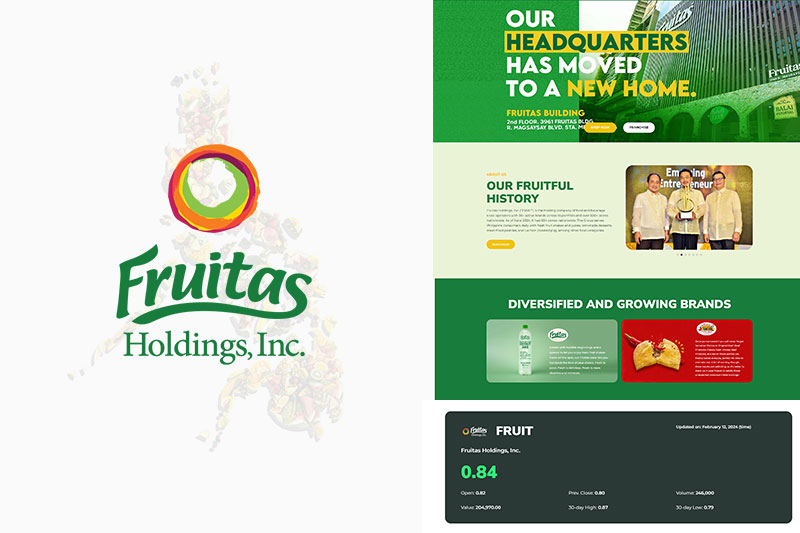In today’s digital age, websites are an essential part of our daily lives. Whether we’re shopping online, accessing information, connecting with others, or doing business, we rely on websites to provide us with the content, functionality, and online presence that we need. But what exactly is a website, and how does it work?

In this guide, we’ll learn more about what a website is, how it works, what it’s used for, why businesses need one, and more, which means, even if you’re new to the world of websites or a seasoned pro, we will provide you with valuable insights into this crucial aspect of the digital landscape.
Here are some essential things you should know when it comes to websites:
Table of Contents
- What is a Website?
- How Does a Website Work?
- What are the Key Components of a Website?
- Why Do Businesses Need a Website?
- What is a Website Used For?
- What are the Different Types of Websites?
- How to Start a Website
What is a Website?
A website is a digital platform that allows individuals or organizations to share information, ideas, and interact with others over the internet. Websites are an essential part of our daily lives, and we rely on them for various purposes, from getting news updates to purchasing products and services.
In simple terms, a website is a collection of web pages that are connected to each other through hyperlinks. Each web page contains different types of content, such as text, images, videos, and audio, which are designed to be accessed and viewed by users through a web browser.
How Does a Website Work?
Curious about how a website works? Here’s a summarized and simplified version for you:
- A website is made up of a collection of files and code that are stored on a web server.
- When a user types a website address into their web browser, the browser sends a request to the web server to retrieve the website’s files.
- The web server processes the request, retrieves the necessary files, and sends them back to the user’s browser.
- The browser then interprets the code in the files and displays the website’s content to the user.
- Websites can include various types of content such as text, images, videos, and interactive elements such as forms and buttons.
- They may also include features such as databases, content management systems, and ecommerce functionality to enable advanced functionality and user interaction.
- On top of that, a website can be designed and customized to meet specific needs and goals, and can be optimized for performance, security, and user experience.
What are the Key Components of a Website?
1. Content
Content is the information that is presented on a website, including text, images, videos, and other media. Quality content is essential for engaging users as it helps audiences gain valuable information.
2. Design
This refers to the visual layout and style of a website, which includes: colors, fonts, and other design elements. Keep in mind that a well-designed website can create a positive impression and establish trust with your target audience.
3. Functionality
The functionality of a website consists of contact forms, shopping carts, search bars, etc. A beautiful web design won’t be complete if it’s not functional. These features help users engage with the website and accomplish their goals.
4. Navigation
Intuitive navigation is essential for creating a positive user experience. This means that your website should be able to allow users to move around and find what they’re looking for, such as menus, links, and search functions without complication.
5. Responsiveness
Responsiveness refers to how well the website adapts to different screen sizes and devices, such as smartphones and tablets. With more users accessing websites on mobile devices, responsiveness is becoming an increasingly important component of a website.
6. Speed
Speed is how quickly the website loads and responds to user actions, which can impact user experience and search engine rankings. A fast-loading website is essential for keeping users engaged and satisfied.
Why Do Businesses Need a Website?
The world that we live in today revolves mostly around technology and digital platforms, so it’s only natural that businesses also step up to go with the times. The reality is that if businesses in this digital age do not utilize available technology or establish a strong online presence, it will be easy for other competitors to outshine them and at the same time, difficult for them to build brand awareness and identity.
With 5.3 billion people using the internet, there is a good chance that you’ll find target customers online, so you will have to work on establishing a strong online presence using different digital marketing strategies such as driving traffic through SEO, gaining brand awareness through social media marketing, and more — or you can simply start by building a website for your business.
Online Presence
A website provides a professional online presence for your business, making it easier for potential customers to find you and learn about your products or services.
Credibility
A well-designed and informative website can help establish credibility and build trust with your audience.
Marketing
For businesses of varying industries and sizes, having a website can be used as a powerful marketing tool to promote their brand, generate leads, and increase sales.
Customer Support
One of the perks of having a website is you get to provide your customers with 24/7 accessibility, including customer support, which can be in the form of online, contact forms, and frequently asked questions (FAQs), reducing the workload of your customer support team.
24/7 Availability and Accessibility
Just as we’ve mentioned, having a website provides users with 24/7 availability and accessibility — so it allows them to browse and purchase products or services at any time.
Competitive Advantage
By having a website for your business, you give your business an edge over competitors who are not present online, leading you to gain a wider audience reach.
Related: Why Do Businesses in the Philippines Need a Website?
What is a Website Used For?
A website can be used for a wide variety of purposes, and here are some of them:
Sharing Information
Websites can be used to share information about products or services, provide educational and useful resources (may it be through blogs or articles), or simply provide information about a particular topic.
Selling Products or Services
By using websites to sell products and services online, businesses can reach customers who may not be able to visit a physical location.
Marketing
A website can be used as a platform for successful digital marketing strategies such as SEO, social media marketing, and email marketing. Your marketing efforts also drive users to your website, which helps improve conversion rates.
Communication
Social media isn’t the only way to communicate with your customers, as you can also do it with your website, using chatbots or contact forms that answer questions or provide support.
Building Communities
Forums or social networks can be built through the use of websites, allowing like-minded individuals to connect and share information.
Showcasing Portfolios
Websites can be used by artists, photographers, and other creative professionals to showcase their work and attract potential clients.
Recruiting Employees
Businesses can recruit new employees by posting job listings and accepting applications online — all through the use of a website.
Facilitating Online Transactions
With the use of a website, you can facilitate online transactions, such as booking appointments, making reservations, or purchasing tickets.
What are the Different Types of Websites?
1. Business Websites
Business websites are designed to promote a specific business and provide information about the products or services it offers. These websites often include features such as customer testimonials, pricing information, and online ordering capabilities.
2. Ecommerce Websites
For selling products or services directly to customers online, an ecommerce website is a must. This type of website includes features such as shopping carts, secure payment gateways, and inventory management systems.
3. Blogging Websites
Blogging websites are made to publish articles and other content on a regular basis. They often include features like commenting systems, social media integration, and archives of past articles.
4. News and Media Websites
News and media websites provide up-to-date information on current events and other news stories.
5. Social Networking Websites
Social networking websites connect people with each other and facilitate communication and sharing of content.
6. Educational Websites
Educational websites provide learning resources and educational content to students and other learners, which typically includes: online courses, quizzes, and interactive simulations.
7. Non-profit Websites
Non-profit websites promote a specific cause or organization and encourage donations and other forms of support.
8. Personal Websites
Personal websites showcase an individual’s skills, interests, and accomplishments, such as blog posts and portfolios of work.
9. Forum Websites
Forum websites facilitate discussions among members on specific topics or areas of interest.
How to Start a Website
1. Determine your website’s purpose and goals
Decide on the purpose of your website, whether it’s to sell products, share information, or provide a service. This will help you determine what type of website you need and what features you’ll require.
2. Choose a domain name
Make sure to choose a domain name that’s unique, memorable, and relevant to your website’s purpose.
3. Choose a hosting provider
A hosting provider will provide the server space for your website to exist online. Look for a provider that offers reliable and secure web hosting, good customer support, and competitive pricing.
Related: What is Web Hosting? How It Works and Its Importance
4. Design your website
The web design plays a significant part in how you’ll be able to draw more audience into your website, so you have to be keen on the details and information you’ll be placing in it. Consider hiring a web designer or using website builders to create a professional-looking website.
5. Create content
This involves creating your website’s written and visual content, including text, images, videos, and other media. Make sure your content is engaging, relevant, and optimized for search engines.
6. Test your website
Ensure that your website is functional and performs well across different devices and web browsers. Test all links, forms, and other interactive elements to ensure they work as intended.
7. Launch your website
Once you’re happy with your website and have tested it thoroughly, it’s time to launch it and make it available to the public. Promoting your website on social media, search engines, and other channels also helps to drive traffic.
8. Maintain and update your website
Regularly updating your website with fresh content, making sure that it remains secure, and monitoring its performance are all important aspects of maintaining a successful website. You can hire a web developer or use website management tools to help you with ongoing maintenance and updates.
A website is a digital platform that allows individuals or organizations to share information, ideas, and interact with others over the internet. It’s an essential part of our daily lives, and we rely on it for various purposes. Understanding the components and purpose of a website can help individuals and businesses create effective and engaging websites that meet their needs.
Do you need help with the web design of your business? Contact us today, and we’ll be glad to assist you!


 Shopify Website Design
Shopify Website Design  Small Business Marketing
Small Business Marketing 